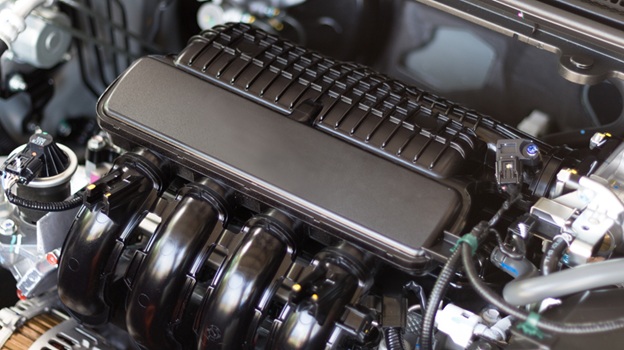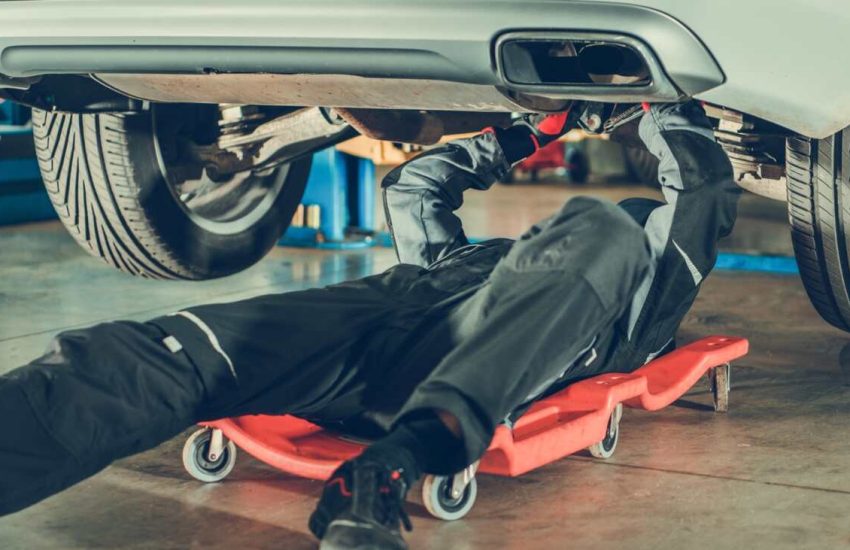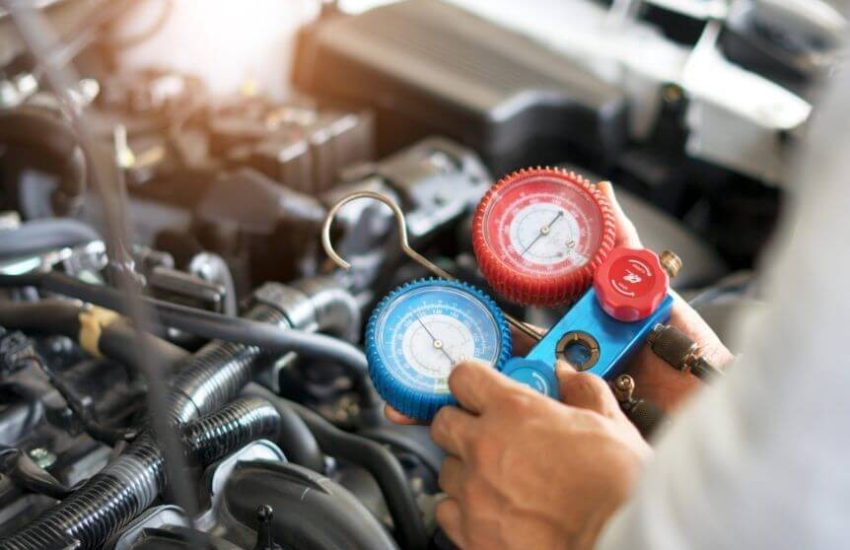10 Common Causes of Overheating on Colorado Grades
Long, high-altitude climbs on Colorado passes are brutal: thin air, slow speeds behind RVs, heavy loads, and long stretches with little chance to cool down. If your temp needle keeps creeping uphill, here are the ten most common culprits—plus durable fixes that hold up to towing, trail use, and daily driving.
1. Marginal Radiator Capacity
Steep grades expose the limits of a small or aging radiator. Internal tubes scale up, fins bend, and heat rejection falls.
Lasting fix: Step up to an all-aluminum, thicker-core radiator with high fin density. Pair it with new hoses and quality clamps. When you upgrade power or tires, treat cooling like a system—match capacity to load.
2. Weak Fan Strategy (Mechanical or Electric)
Slow, high-load climbs are where airflow matters most. A worn clutch fan won’t lock up; undersized electrics can’t pull enough CFM through dense cores, winch plates, or light bars.
Lasting fix: Test the clutch fan (new OEM or HD unit) or spec dual electrics with a proper shroud and a combined CFM suited to your radiator. Use temperature-based controllers and relays with heavy-gauge wiring.
3. Clogged Cooling Stack (Radiator/Condenser/Intercooler)
Mud, bugs, and trail debris fill the fins, choking airflow. Add a trans cooler or intercooler in front and you’ve created a heat sandwich.
Lasting fix: Remove the stack, clean each core from the back side with low-pressure water and fin combs, and space the coolers to reduce heat soak. Install a debris screen if you wheel often.
4. Wrong Coolant Mix or Old Coolant
At altitude and under load, coolant chemistry matters. Old coolant loses corrosion inhibitors; incorrect ratios raise temps and risk cavitation.
Lasting fix: Flush thoroughly and refill with the OEM-spec coolant at the correct ratio (often 50/50; some climates benefit from 55/45). Use distilled water. Add a vacuum fill to purge air pockets and replace the radiator cap with the correct pressure rating.
5. Sticky Thermostat or Pump Issues
A thermostat that opens late (or not fully) and a water pump with eroded impeller blades both starve the system of flow under sustained load.
Lasting fix: Replace with an OEM or high-quality thermostat and a pump with a robust impeller. Avoid cheap parts. While you’re in there, inspect the housing for pitting and replace gaskets, not just RTV.
6. Transmission Heat Overload
Automatics create massive heat on long climbs, especially with large tires or towing. That heat transfers into the cooling stack via the trans cooler, pushing engine temps up.
Lasting fix: Add a dedicated stacked-plate auxiliary cooler with its own airflow and, ideally, a thermostat. Consider re-gearing to keep RPM in a happier, cooler range on grades.
7. Lean Mixture, Retarded Timing, or Failing Sensors
A lean AFR, lazy timing, or a bad ECT/IAT sensor can spike combustion temps. Turbo trucks with clogged intercoolers suffer heat-soaked intake charges that snowball.
Lasting fix: Scan live data (fuel trims, timing, ECT/IAT). Clean or replace MAF and IAT, fix vacuum leaks, service injectors, and ensure the intercooler is clean inside and out. Tune or reflash only after mechanical health is confirmed.
8. Undersized or Heat-Soaked Intercooler (Forced Induction)
At altitude, turbos work harder, and a small intercooler loses the war of attrition. Higher intake temps mean higher cylinder temps.
Lasting fix: Upgrade to a larger, efficient core with proper ducting and a good shroud. Seal gaps so air must pass through the fins. On supercharged setups, service the heat exchanger and pump, and consider a higher-capacity unit.
9. Draggy Rolling Setup and Wrong Gearing
Oversize tires, heavy wheels, roof racks, and armor add load. If gearing is stock, the engine lugs, EGT rises, and coolant temps follow.
Lasting fix: Re-gear axles to restore factory RPM on grades. Choose lighter wheels/tires where possible and keep roof cargo to essentials. The goal is to keep the engine in its torque band without lugging.
10. Head Gasket Leakage (Small but Deadly)
Tiny combustion leaks pressurize the cooling system and create steam pockets around cylinders—classic “overheats on long pulls, cools off on the flat” behavior.
Lasting fix: Test for hydrocarbons in coolant, watch for bubbles in the overflow, and perform a leak-down test. If confirmed, repair properly (deck check, MLS gasket, new bolts/studs). Don’t mask it with “stop leak”—it fouls radiators and heaters.
Driving and Monitoring Tactics That Help Immediately
- Downshift sooner than you think to keep RPM up and airflow moving; avoid lugging.
- Kick the cabin heater on max in a pinch—it’s a small auxiliary radiator.
- Watch live temps with an OBD monitor; many dashboards lag the real situation.
- Pause briefly at pullouts to cool with the hood popped and engine idling (fans working).
- Service intervals tighten in mountain use: coolant every 2–3 years, belts/hoses inspected each season, and fin cleaning after dusty trips.
If your setup already suffered a hot day on Loveland or Monarch, don’t just band-aid it. Treat overheating as a system problem—airflow, coolant flow, load, combustion heat, and control strategy. A durable solution might combine a bigger radiator, higher-CFM fans with a sealed shroud, fresh coolant and cap, an auxiliary trans cooler, cleaned/upsized intercoolers, and corrected gearing. When in doubt, baseline everything: pressure test the system, verify the thermostat and pump, log sensor data, and confirm timing/AFR under load.
Mountain grades are a stress test you can prepare for. Engineer the cooling system to match your rig’s weight, altitude, and use case, and you’ll turn white-knuckle climbs into predictable, drama-free ascents. And if you’ve hit the limit already, it may be time to price out comprehensive repairs for 4×4 engine performance and durability—before the next pass exposes the same weak links.



